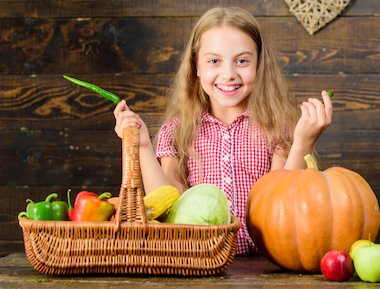Harvest time celebrations
Add to My Folder
As we approach autumn, our thoughts invariably turn to the harvest celebrations, which form a significant part of the school calendar. Gathering food to donate to those less fortunate is a common practice at this time of year, but the harvest festival itself is steeped in tradition going back thousands of years.

Why do we celebrate harvest?
Harvest traditionally marks the end of the crop gathering season, which historically was very much a life or death scenario. A healthy harvest was hugely important, so an accompanying celebration felt appropriate.
When do we celebrate harvest?
The official date for harvest is almost as variable as a harvest outcome itself, with a technical formula to match that of Easter Sunday. Officially harvest is observed on the Sunday closest to the harvest moon. This is the full moon closest to the autumn equinox, which usually falls towards the end of September. Harvest is normally a September date as a result, but does occasionally fall at the beginning of October.
The timing of the harvest celebration is very much a symbolic date in modern society. The actual harvesting of crops on a working farm starts as early as July, with potato harvests not happening until October. Harvest season covers almost a third of the year!
What is the history behind the harvest festival?
While the origins of church harvest services most commonly seen today can be dated back to an 1843 church service in Morwenstow, Cornwall, harvest celebrations are clearly evident in Roman and Saxon times and in fact pre-date Christianity. It is thought likely that as long as humans have been cultivating crops they have been celebrating the harvest.
Harvest has always been steeped in spirituality and superstition. In Saxon times, farmers offered the first corn to a god of fertility, in the hope it would guarantee a fruitful harvest the following year. At the other end of the harvest, the symbolic corn doll was made from the last sheath of the harvest, encapsulating a corn spirit. Keeping the corn doll was thought to ensure a good crop for the next year.
While the traditional harvest festival encapsulates feasting and giving thanks, it is also a great opportunity to teach children about where food comes from and creates a great theme to explore many aspects of the curriculum in a real and relevant context. Have a look at the ideas below and links to other Scholastic Resource Bank resources to inspire your children this harvest time.
Harvest around the world
Already a member? Sign in below.
Published 28 August 2019
Reviews
You need to be signed in to place a review.